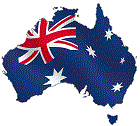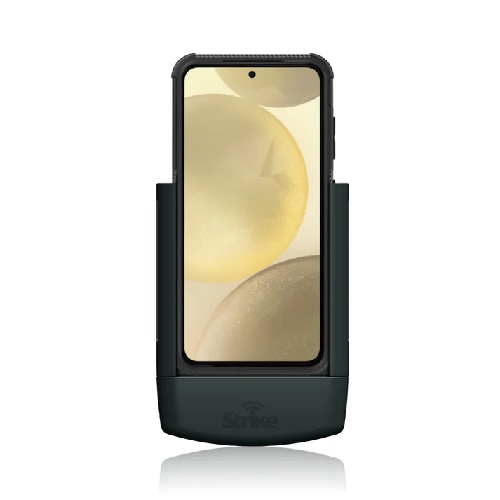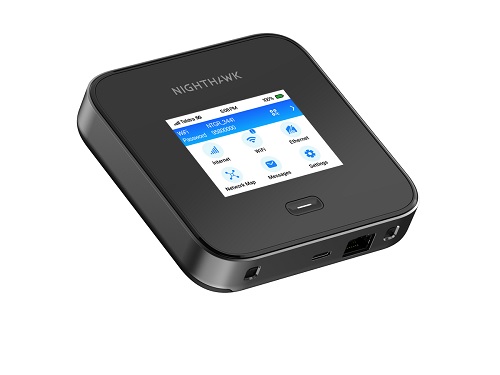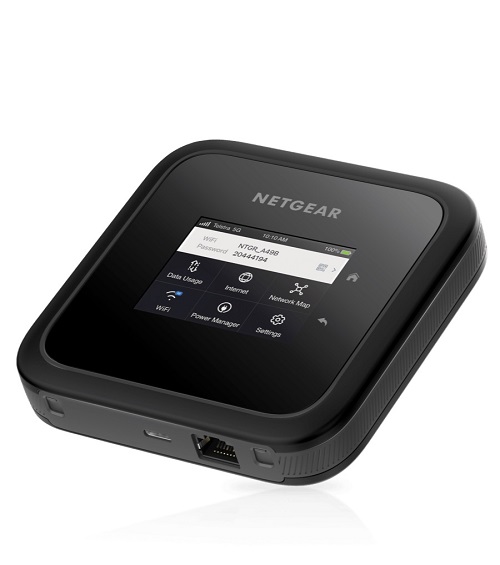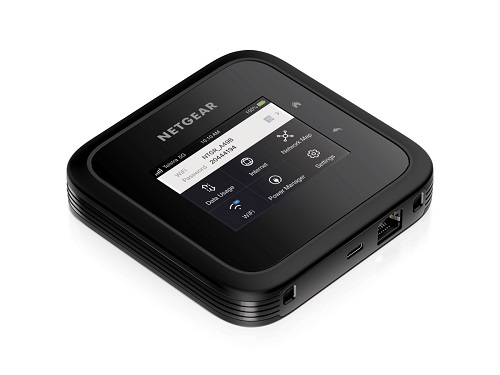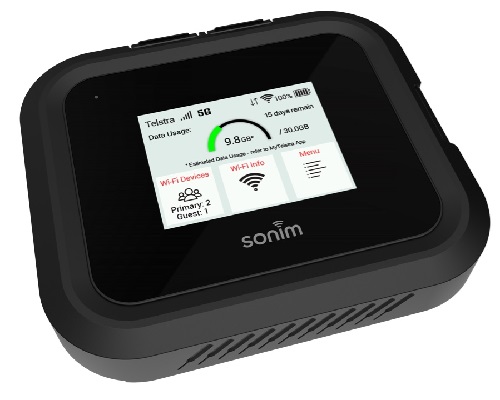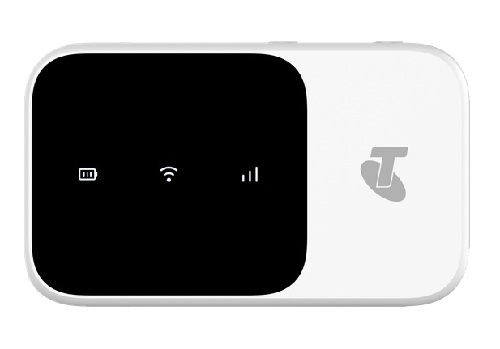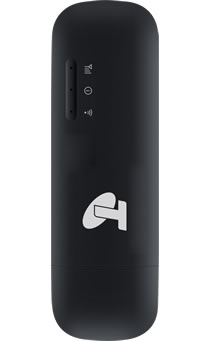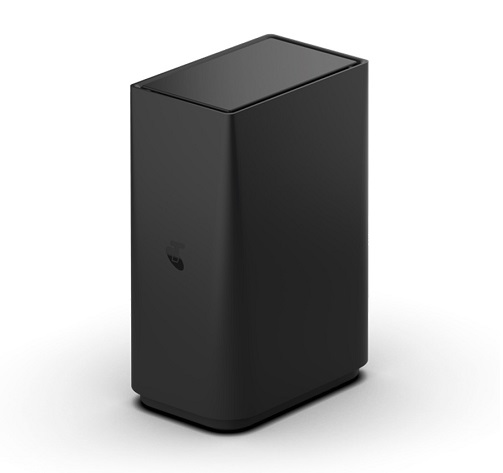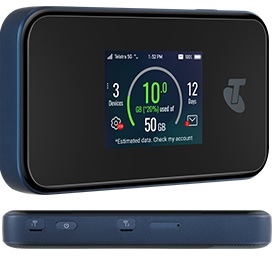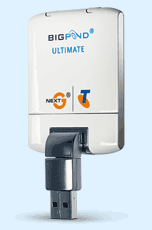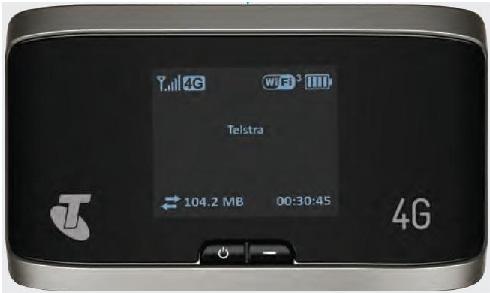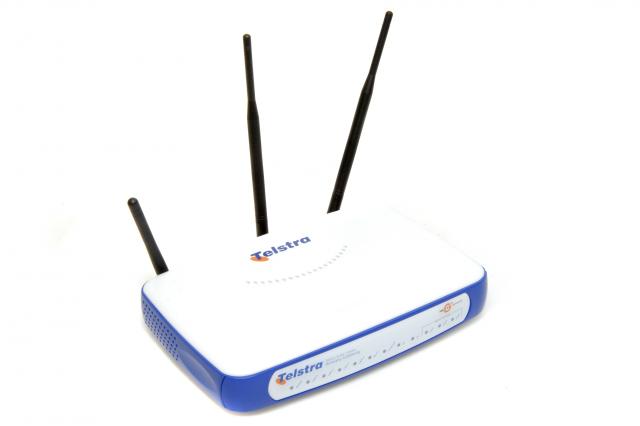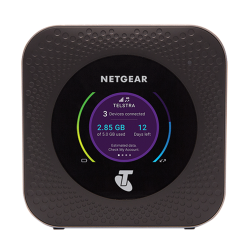Below is a list of Telstra mobile broadband modems that we provide antennas and patch leads for. Click on your modem to view a list of antennas and patch leads we have available for your mobile broadband modem. You will also need a patch lead to connect your modem to the antenna.
Telstra Next G, 4G and 4GX Compatible
We have a large range of 3G and 4G LTE external antennas and patch leads for Bigpond and Telstra WiFi modems as well as having a full range of antennas and patch leads for BigPond and Telstra USB Modems.
4G LTE Antennas
Mobile broadband reception problems? Need to improve your mobile broadband connection? Get better mobile broadband reception, speed and coverage with one of our external antennas. Telstra's Next G network operates on the 850MHz frequency, Telstra's 4G uses 1800MHz and Testra's 4GX uses 700MHz frequency. Our antennas and patch leads provide improved mobile coverage and reception for your BigPond wireless modem or Telstra Mobile Broadband modem. Whether you're out at sea in a boat and need better mobile coverage, in country areas or just in a fringe or poor mobile reception area our external antennas can help. We have magnetic base, boat or marine antennas, building mount antenna kits, indoor and desktop antennas as well as 4WD bullbar mount or broomstick antennas and aerials to improve your mobile reception.
Mobile broadband is great for giving you data when you need it most. Whether that's on the road or at home, being able to pull up a webpage at leisure is now seen as absolutely crucial to living.
Today we go through a bit of background about cellular transmission, broadband, and how it works in Australia.
Know your technology
What is HSPA?
HSPA, or High Speed Packet Access is a type of technology used to transmit and receive cellular radio signals. Based on 3G (or, rather, 3.5G or 3G+) technology, the technology allows packets of information to be sent over a network. This is how we send and receive all data from a mobile phone. This standard allows data to be sent over the network much faster than previously, over basic 3G and 2G networks.
What is HSPA+?
HSPA+ or Evolved HSPA extends the HSPA protocol to allow even faster transmissions of data across a network. It runs over the 3.9G network.
What is dual channel HSPA?
Dual channel, or dual carrier HSPA (DC-HSPA) combines two HSPA+ channels which can help to greatly enhance download and upload speeds. If you think of it in terms of a road, widening a single lane road by an extra lane will allow you to carry twice as many cars on it – so similarly you get twice as much data throughput.
LTE
LTE is the next advancement of mobile communications standards after HSPA. It has similar speeds as that of HSPA+.
LTE-Advanced
LTE-Advanced is what is known as 'True 4G'. LTE-Advanced is the standard that can currently reach the highest download and upload speeds over mobile networks. It has multiple channels, too, for greater data throughput, similar to DC-HSPA.
Know Your Frequency
Telstra operates over a wide range of frequencies, depending on the technology. These are currently the frequencies (and bands) that are used worldwide and that Telstra uses for each protocol. Remember that 2G is for calls and text only (now no longer operational), 3G is for calls, text, and broadband, and 4G is for fast broadbandand VOLTE (Voice Over LTE).
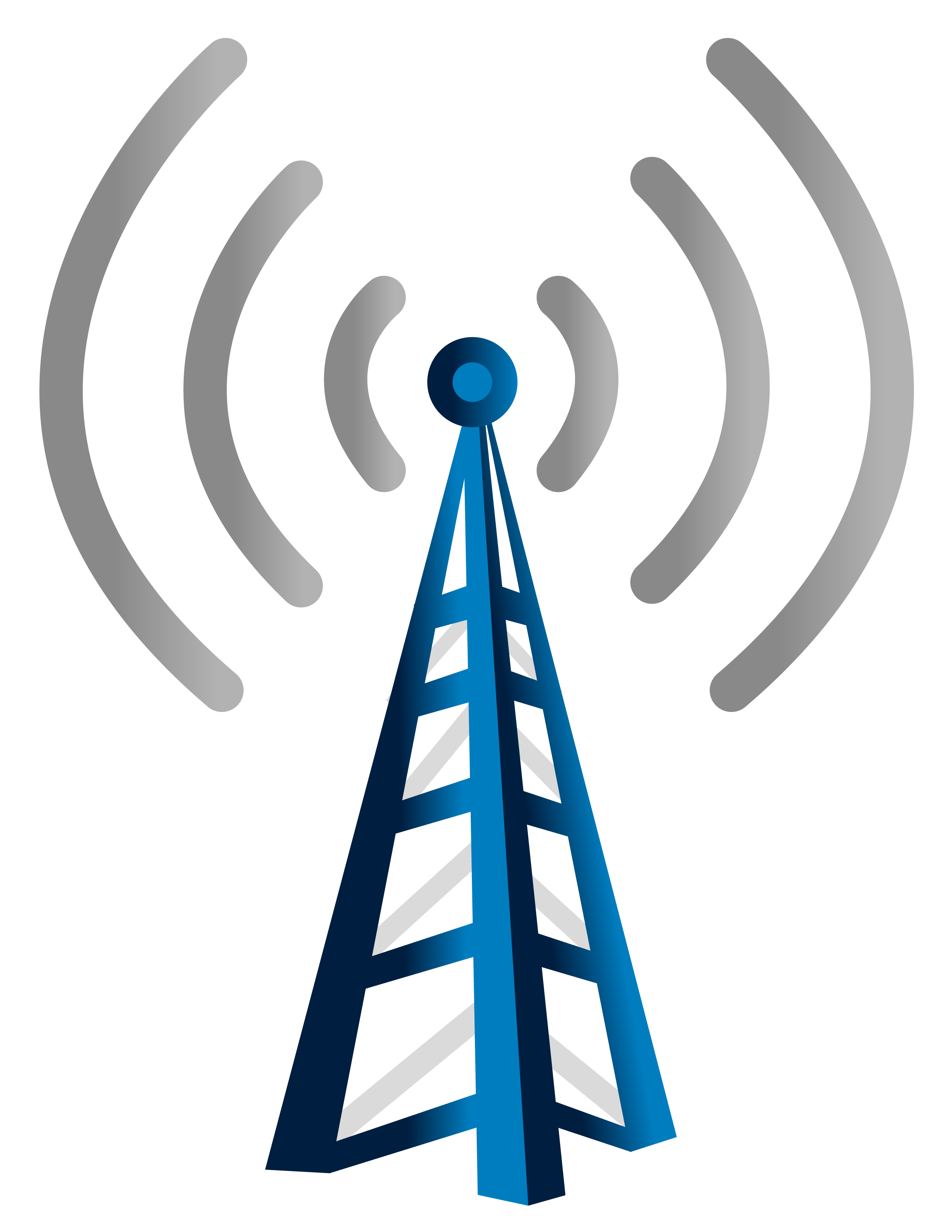
- 2G: 900MHz (No longer used)
- 2G: 1800MHz (No longer used)
- 3G: 850MHz (Band 5)
- 3G: 2100MHz (Band 1)
- 4G: 700MHz (Band 28)
- 4G: 900MHz (Band 8)
- 4G: 1800MHz (Band 3)
- 4G: 2100MHz (Band 1)
- 4G: 2600MHz (Band 7)
To achieve 4GX or LTE-Advanced speeds over the Telstra network, you need to have a modem that is 700MHz and 1800Mhz compatible with Category 6 as this is what the technology requires.
Mobile broadband modems vs mobile phones
A mobile broadband modem gives you a connection to a carrier network, such as Telstra. You can then access the internet from your laptop, desktop, printer, etc. via this connection, either over Wi-Fi or by USB. A mobile broadband modem will have bands that it can operate in. You access the network via a SIM card, the same type as you use in a mobile phone.
Did you know that your mobile phone has a type of mobile broadband modem inside it? This is how we are able to access data over the Telstra (or Optus or Vodafone) network. You can share this connection with a PC, laptop, or other device over Wi-Fi or through a USB connection.
Choosing whether to use a dedicated mobile broadband modem or a mobile phone for your data connection for other devices can be a tough decision. Usually, only the newest, most expensive mobile phones can access LTE-Advanced connections, whereas you can pick out a mobile broadband modem fairly easily that offers this and doesn't cost an absolute fortune.
If you are with a different operator, such as Vodafone, or you have an older phone, then it may be in your best interests to pick up a mobile broadband modem to achieve fast connections. You can access this connection from your phone too, if you so wish.
Broadband reception
The number of transmission sites supporting various frequencies, and thus technologies, around Australia varies widely. For instance, there are almost twice as many 3G 850MHZ Telstra sites as 4G 1800MHz sites around the country. While the company continues to roll out to more sites, it still doesn't happen instantly.
That's why we find that when we go out to certain areas around Australia we might find our phone switching from LTE to 3G. Depending on what area you in, you may have 2G (now no longer operational), 3G, and 4G, or you might have no signal at all!
The further away that you are from a transmission site, the weaker the signal gets. You may notice this when the signal bars on your mobile phone go down.
The same thing will happen with any mobile broadband modem. It is for this reason that you might like to think about purchasing a mobile broadband antenna.
A mobile broadband antenna works by amplifying the signal from the transmission site so that you get a stronger connection. This is particularly useful if you live or work somewhere that doesn't have such great coverage. It can also be useful if you go out into remote areas often, either in the car, or on a boat.
Types of mobile broadband antennas
Unsurprisingly, due to all the different frequency business involved in cellular coverage, there are many different types of antennas that you can get for amplifying a mobile broadband signal.
5G, 3G and 4G Antennas
All of our antennas at Campad Electronics are marked with the type of signals and carriers that they are compatible with. Many of them are compatible with all carriers and frequencies including 3G, 4G and 5G networks. Remember that only 3 carriers own infrastructure in Australia - Telstra, Optus, and Vodafone, and the smaller carriers operate over the big 3's networks.
When looking at mobile broadband antennas, there will be a few specific things you should look at. The first, obviously, is the frequencies that the antenna works for. Make sure that these match up with the frequencies that your device and carrier support.
Omnidirectional Or Directional Antenna?
The next decision you'll need to make is whether to get an omnidirectional or a yagi antenna. Omnidirectional (aka collinear) antennas listen for signals in all directions, so that they can pick up a signal from any site in the surrounding area. Yagi antennas and other directional aantennas face only one direction - you have to point them towards the transmission site to actually receive the signal. Yagi antennas obviously aren't suitable for the car or boat.
You will then have to think about if you know where the cellular transmission tower in your area is (if you are installing a fixed antenna, not on a car or boat). You can follow this Whirlpool guide to help you locate your nearest tower.
Now you should calculate how far away you are from the tower. This will inform your next decision on the antenna - the dBi value. The higher the dBi (also called gain), the stronger the signal, however smaller the angle that the antenna can receive on. A high gain antenna (higher dBi) can be very useful in flat areas, however it's not as suited to hilly terrain, where a moderate gain antenna is a better bet.
You'll also need to think about how long the cable of your antenna is, since you will need to position the antenna correctly, and then make sure that the cable can reach your mobile phone or mobile broadband modem.
You need to make sure that if you are thinking about purchasing a mobile broadband antenna that you will need to pick up a patch lead too. The patch lead is designed specifically for your mobile phone or mobile broadband modem.
❮
❯
Click here to go back to our home page.
